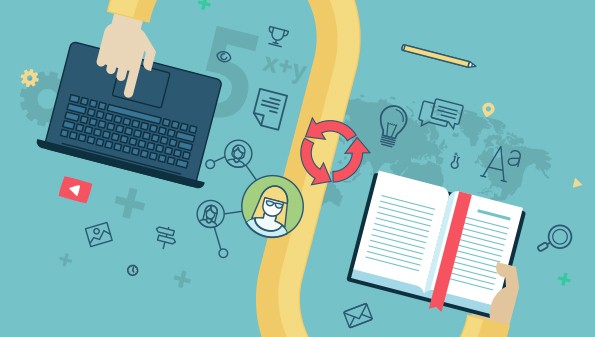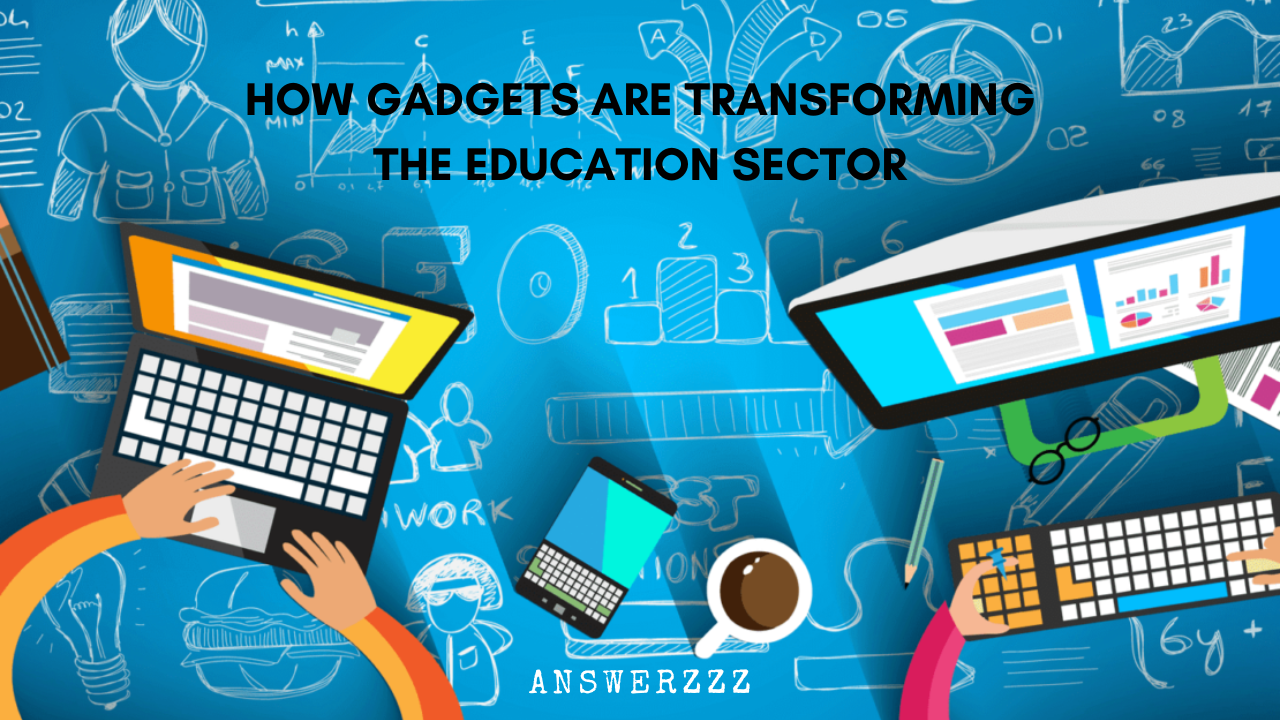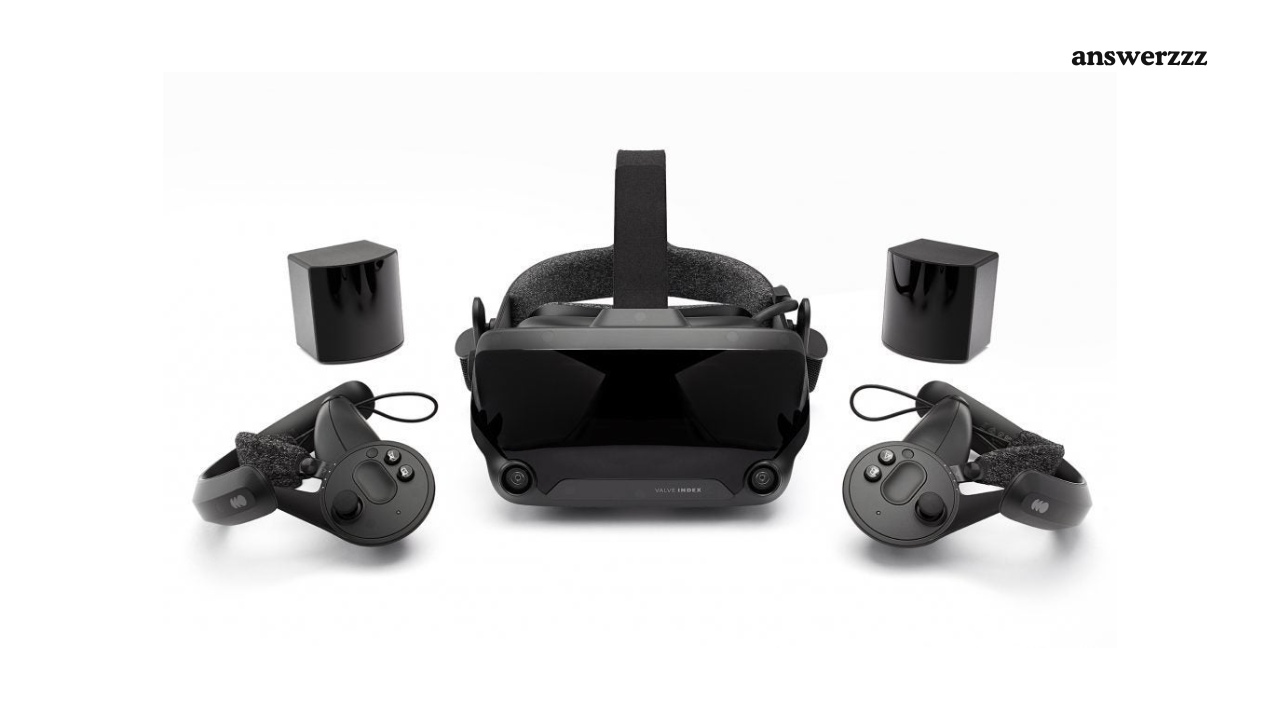The education sector is undergoing a radical transformation, driven by advancements in technology. The incorporation of gadgets in the classroom has not only changed the way educators teach but also how students learn. From interactive whiteboards to tablets, virtual reality (VR) headsets, and smartwatches, gadgets have paved the way for a more dynamic, engaging, and personalized learning experience. The digital revolution in education is dismantling traditional teaching methods, enabling more student-centered, flexible, and interactive learning environments.
This article will explore how gadgets are transforming the education sector by improving accessibility, enhancing engagement, facilitating collaboration, and fostering personalized learning experiences. We will also delve into the potential challenges and prospects of technology in education.
1. Increased Accessibility to Education
One of the most significant ways gadgets are transforming education is by making learning more accessible to students worldwide. With internet-enabled devices such as smartphones, tablets, and laptops, students can access educational content from anywhere, at any time.
a. Online Learning and Remote Education
The rise of online learning platforms and Massive Open Online Courses (MOOCs) has made education accessible to people from diverse geographical regions. Gadgets like laptops and tablets have become essential tools for students in remote areas where traditional schooling might not be feasible. These devices enable learners to attend virtual classrooms, participate in discussions, and access digital libraries, ensuring that education is no longer limited by physical boundaries.
b. Assisting Students with Disabilities
Gadgets have also revolutionized education for students with disabilities. Assistive technologies such as speech-to-text tools, screen readers, and specialized keyboards allow students with physical or learning disabilities to engage in educational activities more independently. For instance, visually impaired students can use audio-enabled gadgets and Braille e-readers, while those with mobility impairments can use eye-tracking devices to control computers.
c. Language Learning and Translation Tools
Language barriers, once a significant hurdle in education, have been minimized with gadgets like real-time translation devices and language-learning apps. Students can now communicate across different languages or study in a foreign country with the help of translation tools embedded in smartphones, smart speakers, and other gadgets.
2. Enhanced Student Engagement and Interaction
Traditional education methods often involve passive learning, where students are expected to absorb information through lectures or textbooks. Gadgets, however, have made learning more interactive, engaging, and visually stimulating.
a. Interactive Whiteboards and Smartboards
Interactive whiteboards and smartboards have replaced traditional chalkboards, creating a dynamic classroom environment. These boards allow teachers to display multimedia content, annotate text, and interact with students through quizzes, games, and real-time feedback. This interaction fosters active participation, improving students’ attention span and retention of information.
b. Gamification and Learning Apps
The use of gadgets for educational gaming and interactive learning apps has made studying more engaging and enjoyable for students. Gamification integrates game mechanics, such as rewards, challenges, and competitions, into learning activities. Apps like Kahoot!, Quizlet, and Duolingo incorporate gamified elements that enhance student engagement and motivation.
c. Virtual and Augmented Reality
VR and AR gadgets offer immersive experiences that take student engagement to the next level. Virtual field trips, for instance, allow students to explore historical landmarks, outer space, or the human body without leaving the classroom. AR applications superimpose digital images over the real world, enabling students to interact with 3D models of planets, cells, or geometric shapes. These experiences deepen students’ understanding of complex concepts and make learning more memorable.
3. Collaboration and Communication
Collaboration is an essential skill in the modern workforce, and gadgets are facilitating more collaborative learning environments. These devices enable students to work together on projects, share information, and communicate in real time, regardless of their physical location.

a. Cloud-Based Tools and Applications
Cloud-based collaboration tools like Google Classroom, Microsoft Teams, and Slack have become integral to modern education. These platforms allow students to collaborate on documents, presentations, and spreadsheets, share resources, and track progress in real time. Additionally, teachers can monitor group activities, provide feedback, and facilitate discussions in virtual spaces. This fosters a collaborative learning environment and helps students develop teamwork and communication skills.
b. Video Conferencing and Virtual Classrooms
With gadgets like webcams, smartphones, and tablets, students and teachers can participate in virtual classrooms through video conferencing tools such as Zoom, Google Meet, and Skype. These platforms enable face-to-face communication, enhancing the sense of community and interaction among students, even in remote or hybrid learning environments. Students can engage in group discussions, attend webinars, and interact with guest speakers or experts from across the globe, broadening their learning experiences.
c. Social Media Integration
Gadgets are also facilitating collaboration through social media integration. Many educational institutions have created dedicated platforms or groups on social media sites like Facebook, Twitter, and LinkedIn, where students can discuss course materials, share resources, and collaborate on projects. Educators can use these platforms to distribute announcements, answer questions, and foster a sense of community among students.
4. Personalized Learning Experiences
One of the most transformative aspects of gadgets in education is the ability to personalize learning experiences to meet the needs and preferences of individual students. Traditional classroom settings often rely on a one-size-fits-all approach, where teachers deliver the same content to all students regardless of their learning styles or abilities. Gadgets, on the other hand, allow for more customized and adaptive learning.
a. Adaptive Learning Technologies
Gadgets equipped with adaptive learning technologies can tailor educational content to the specific needs of each student. For example, educational platforms like DreamBox and Khan Academy use data analytics to monitor students’ progress and adjust the level of difficulty accordingly. These systems can identify areas where students are struggling and provide additional practice or offer more challenging materials for advanced learners.
b. Learning Management Systems (LMS)
Learning management systems (LMS) such as Moodle, Canvas, and Blackboard allow educators to create personalized learning paths for their students. With the help of gadgets, teachers can track students’ performance, assign individualized tasks, and provide real-time feedback. Students can access course materials at their own pace, review lessons, and work on assignments, leading to a more tailored and efficient learning experience.
c. Wearable Devices for Health and Focus
Gadgets like smartwatches and fitness trackers are playing an increasing role in education by monitoring students’ physical and mental well-being. These devices can track students’ physical activity, sleep patterns, and stress levels, offering insights into their overall health. Schools and universities can use this data to promote healthier habits, enhance focus, and support students in managing academic stress.
5. Automation and Efficiency in Educational Institutions
Gadgets are not only transforming the learning process but also streamlining administrative tasks in educational institutions, making schools and universities more efficient.
a. Digital Attendance and Grading Systems
Automated attendance systems, powered by gadgets like RFID readers and biometric scanners, have replaced traditional roll-call methods. These systems save time and minimize errors by automatically recording attendance data. Similarly, digital grading systems enable teachers to evaluate assignments and exams more efficiently. With the help of gadgets, educators can use AI-powered tools to grade essays, quizzes, and exams, allowing for faster feedback.
b. Smart Classrooms
Smart classrooms are equipped with IoT (Internet of Things) devices that automate various functions, from controlling lighting and temperature to managing audiovisual equipment. These gadgets create a more comfortable learning environment while reducing energy consumption and maintenance costs. Additionally, smart lockers, interactive displays, and security cameras enhance the overall functionality and safety of educational institutions.
6. Challenges of Gadget Use in Education
Despite the numerous benefits, the integration of gadgets into education also presents certain challenges.

a. Digital Divide
Not all students have equal access to gadgets and internet connectivity. The digital divide can exacerbate inequalities in education, with students from disadvantaged backgrounds struggling to keep up with their peers who have access to better resources. This gap became particularly evident during the COVID-19 pandemic, when students in low-income households faced significant challenges in accessing remote learning.
b. Distractions and Misuse of Gadgets
While gadgets enhance learning, they can also become a source of distraction. Students may use smartphones, tablets, or laptops for non-educational purposes during class, such as browsing social media or playing games. Teachers must find a balance between leveraging gadgets for learning and minimizing distractions in the classroom.
c. Privacy and Security Concerns
The use of gadgets in education raises concerns about data privacy and security. Schools and universities must ensure that student data is protected from cyber threats and unauthorized access. Additionally, the increasing use of gadgets like wearable devices and IoT technology in schools raises questions about the ethical use of student data and the potential for surveillance.
7. Future of Gadgets in Education
The future of gadgets in education is promising, with ongoing advancements in artificial intelligence (AI), augmented reality (AR), and the Internet of Things (IoT). These innovations are expected to further enhance the educational experience, making learning more interactive, accessible, and personalized.
a. AI-Powered Learning Assistants
AI-powered learning assistants, such as chatbots and virtual tutors, are expected to play a more significant role in education. These tools can provide real-time assistance to students, answer questions, and guide them through complex concepts. AI will also continue to improve adaptive learning technologies, allowing for more accurate and personalized instruction.
b. Expanded Use of VR and AR
As VR and AR technologies become more affordable and widespread, they are likely to play an even more significant role in education. Students will be able to explore immersive, interactive learning environments, enhancing their understanding of complex subjects. From virtual science labs to historical simulations, the possibilities are endless.
c. IoT and Smart Campuses
IoT gadgets will continue to transform educational institutions into smart campuses, where devices are interconnected to optimize the learning environment. From automated energy management systems to smart security solutions, IoT will enhance the efficiency and safety of schools and universities.
Gadgets are undeniably transforming the education sector, making learning more accessible, interactive, and personalized. They enhance student engagement, foster collaboration, and streamline administrative processes. However, educators and institutions must address challenges such as the digital divide, distractions, and privacy concerns to ensure that the benefits of gadgets are maximized.

As technology continues to evolve, the role of gadgets in education will only grow, shaping the future of learning in ways we have yet to imagine. With the right balance of innovation and responsible use, gadgets have the potential to revolutionize education for students and teachers worldwide.




